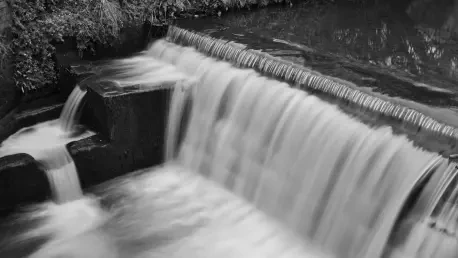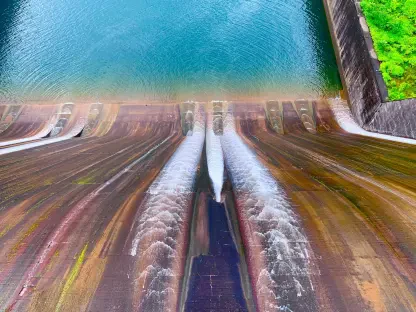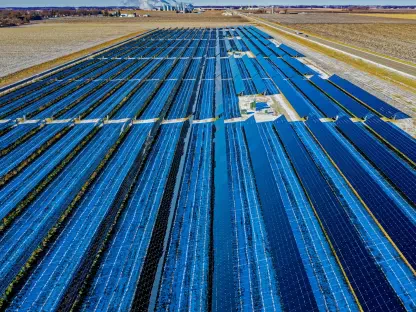Juneau redefines energy supply with a groundbreaking initiative as part of its commitment to clean and renewable resources, aiming to revolutionize the power landscape. The focus centers on a significant hydroelectric project at Sweetheart Lake, promising to considerably augment the city’s renewable energy capacity and set a new precedent for Alaska’s energy transition. This analysis explores the dynamics underlying this innovative project, its potential industry impact, and future prospects in Alaska’s energy sector.
Contextualizing Alaska’s Clean Energy Movement
As global environmental concerns intensify, Alaska is strategically maneuvering toward renewable energy solutions to mitigate ecological pressures and enhance power reliability. Juneau’s novel hydroelectric facility at Sweetheart Lake signifies a pivotal moment in this ecological shift, not just for the local community but for the state’s broader energy landscape. Transitioning from historically diesel-dependent energy sources, the region is aligning with worldwide trends by investing significantly in renewable infrastructure to uphold environmental integrity and economic vitality.
Examining Market Trends and Technological Transformations
Growth Projections and Energy Integration
The Sweetheart Lake hydroelectric project is projected to inject a 20% increase in Juneau’s renewable energy production annually, translating to 116,000 MWh of clean energy and boosting Alaska’s energy transmission by 3%. This shift is crucial for minimizing the environmental footprint while ensuring power stability, particularly for remote areas vulnerable to extreme weather disruptions. Initiatives like these highlight a resolute focus on integrating advanced energy technologies, such as battery storage and undersea transmission cables, into the Alaskan energy model.
Economic Repercussions and Sociological Advantages
A measurable economic upside accompanies this energy shift, presenting cost-saving opportunities for key industrial players like Coeur Alaska’s Kensington Mine. Transitioning to renewable power from diesel not only reduces operational emissions and costs but also encourages local manufacturing and service sectors with new job prospects. Furthermore, investing in clean energy infrastructure is a catalyst for social change, potentially revitalizing community involvement and business sectors by encouraging environmentally sustainable practices.
Navigating Geographical Challenges Through Innovation
The implementation of this hydroelectric project comes with its share of complexities, considering Alaska’s rugged terrain and climatic inconsistencies. As such, innovative solutions such as over 40 miles of high-voltage cabling, including an eight-mile undersea segment, ensure power distribution over long distances. These infrastructure advancements lay the groundwork for future renewable projects by successfully accommodating geographical impediments and ensuring consistent energy flow throughout diverse landscapes.
Insights and Recommendations: Toward Broader Energy Adoption
The findings from Juneau’s energy initiative illuminate a pressing need for systemic innovation and coherent policy frameworks supporting renewable energy adoption across Alaska. Pragmatic strategies should focus on further technological advancements, continuous community engagement, and securitizing collaborative endeavors with public and private entities to sustain current momentum. Investing in modern smart grid infrastructure and broadening energy education among the community remain critical pathways.
In conclusion, Juneau’s hydroelectric endeavor serves as a key model for driving renewable integration into Alaska’s energy paradigm. Experimentation with hydroelectric power not only elevated local energy security and economic growth but also offered strategic insights into overcoming typographical hurdles and establishing a foundation for sustainable practices. The future holds promise for more robust policies, technological innovation, and community-driven initiatives that further engrain renewable energy as an indispensable part of Alaska’s power ecosystem.









